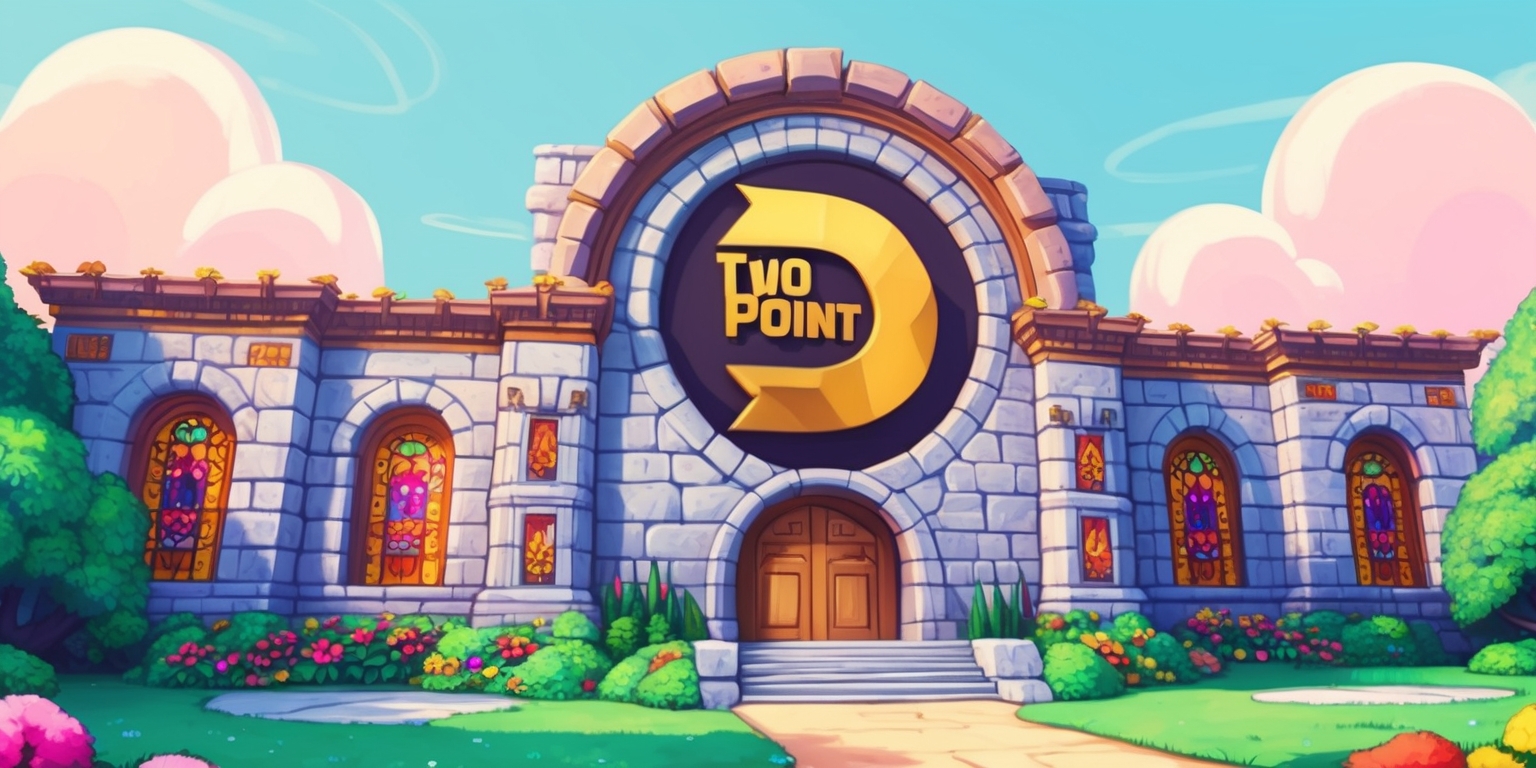
The world of simulation and management games has always held a unique charm, drawing players into complex systems where strategy, creativity, and decision-making collide. Among these titles, the Two Point series has established a distinctive position for itself by means of a combination of humor, whimsy, and thought-provoking themes. In its latest endeavor, Two Point Museum invites players to explore the intricacies of museum management, layering fun and challenge over the foundation of organization and strategy. This playful yet sobering take on curating exhibitions, managing staff, and maintaining a consistent level of visitor satisfaction showcases the series' ability to engage with bigger issues, all under the guise of entertainment.
Enter the World of Two Point Museum
As players step into the charming yet chaotic realm of Two Point Museum, they're tasked with the thrilling job of operating a bustling institution. From hiring specialists to curating exhibits, managing staff, and keeping visitors satisfied, the game offers an immersive experience that keeps players on their toes.
The Management Challenge
At its core, Two Point Museum is a management simulation game in which players oversee a thriving establishment. The player's responsibilities include staffing, cleaning, and ensuring that exhibits are engaging. The game balances these elements with a whimsical flair, transforming even the simplest activities into delightful experiences.
Exhibit Complexity
Every exhibit brings along its unique challenges and quirks. From dinosaur skeletons that need to be displayed correctly to carefully preserving ancient artifacts, players find themselves managing a variety of needs and dynamics. For instance, special items are required to keep particular exhibits in good standing, while others may demand unique environmental conditions to thrive.
The Joy of Curatorship

The design invites players to adopt the mindset of a curator. By analyzing demands and maximizing two crucial metrics—Knowledge and Buzz—players curate experiences that both educate and entertain. Knowledge measures the educational value of an exhibit, while Buzz gauges its popularity among visitors. The delicate interplay between these elements mimics real-world museum challenges.
Exploration through Expeditions
One of the game’s standout features is its expedition system, adding a fresh layer to the gameplay. Players dispatch specialists on quests across a fantastical landscape in search of new exhibits. This feature introduces an element of unpredictability and excitement, as expeditions can yield valuable treasures or come with risks that need careful management.
Resource Management
As with any management game, resource allocation is pivotal. Players must think critically about where to invest, whether it’s staffing an exhibit or expanding facilities. The need for restroom facilities and enough staff for gift shops highlights the importance of basic amenities, which can sometimes slip the players' minds.
Strategic Decision-Making
In the heat of managing a busy museum, making tough choices is part and parcel of the experience. Players face decisions that test their ethics in management. Should they prioritize short-term financial gain or nurture a culture of staff satisfaction? The game nudges players to reflect on their choices, adding a layer of moral complexity that is often absent in other simulation games.
Sandbox Mode: Creativity Unleashed
The Sandbox mode unlocks a fresh realm of possibilities, allowing players to dictate their success criteria. This mode encourages creativity, putting the player in charge of various exhibit types without rigid rules. It's an opportunity to experiment with the game's systems, offering a blank canvas for players to express their visions of a perfect museum.
The Ethical Quandaries of Management
As players navigate the nuances of managing their museums, they encounter ethical dilemmas that resonate with real-world economic systems. The game cleverly forces players to confront the implications of their business practices, often leaving them with the question: what costs are acceptable in pursuit of success?
Engaging Interactions
The delightful animations and quirky interactions provide a charming backdrop to the management tasks. From curious patrons engaging with exhibits to the occasional ghostly apparition, players can immerse themselves in a vibrant world that beckons you to look closer and engage more deeply with its myriad inhabitants.
Balancing Act of Efficiency and Fun
Finding the right balance between efficiency and enjoyment is a fundamental aspect of the game. It challenges players to manage everything from cleanliness to staff morale, while simultaneously ensuring that the exhibits remain appealing to visitors. This multifaceted approach creates a dynamic and ever-evolving gameplay experience.
The Learning Curve
While the game introduces new mechanics gradually, its campaign mode serves as a tour guide, leading players through its systems with accessible objectives. This design ensures that newcomers can easily follow along, while veterans can appreciate the depth and strategy involved in managing a successful museum.
A Reflection of Real-World Systems
Two Point Museum does more than entertain; it prompts reflection on how public resources like education and culture can be efficiently managed. The game’s whimsical portrayal of these industries raises questions about operational realities in a business-driven world.
For the Love of Management Games
The charm of Two Point Museum lies in its ability to intertwine humor with thoughtful commentary on the realities of management. Players are drawn into an entertaining experience while simultaneously exploring deeper themes that reflect societal challenges.
Conceptual Depth Amidst Whimsy
At a glance, the game appears filled with light-hearted fun, yet it invites players to engage with serious themes related to capitalism and management ethics. This blend of playful design with meaningful commentary enhances the overall experience, prompting thoughtful reflection beyond the screen.
The Fun of Failing
Accepting setbacks is a crucial aspect of the educational journey within the game. Players partake in trial-and-error methods, experiencing the consequences of their decisions while discovering innovative strategies. This dynamic encourages a rich exploratory experience that is both enjoyable and educational.
In conclusion, Two Point Museum stands out as a remarkable addition to the management genre. Through its vibrant visuals, engaging gameplay, and underlying themes of ethics and strategy, it captivates players while prompting them to consider the intricate realities behind the management of cultural institutions. The blend of entertainment and enlightenment creates a compelling framework, transforming what could have been a mere simulation into a captivating investigation into the intricate equilibrium between business and morality.